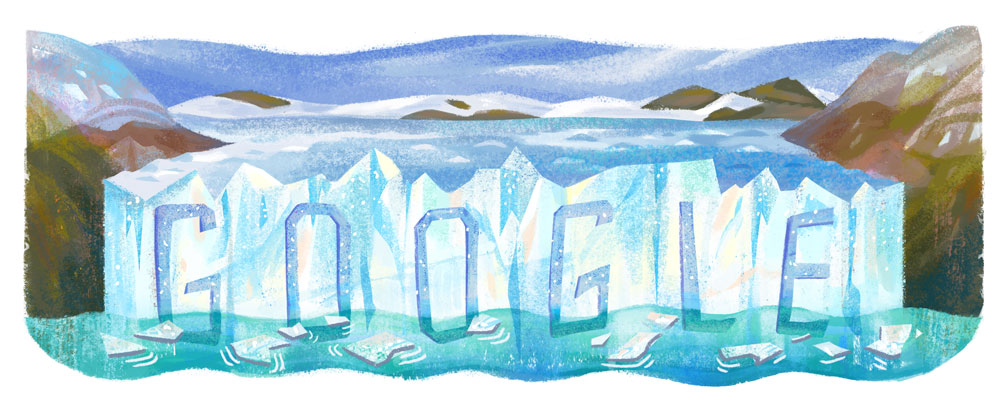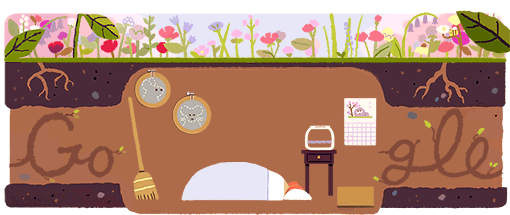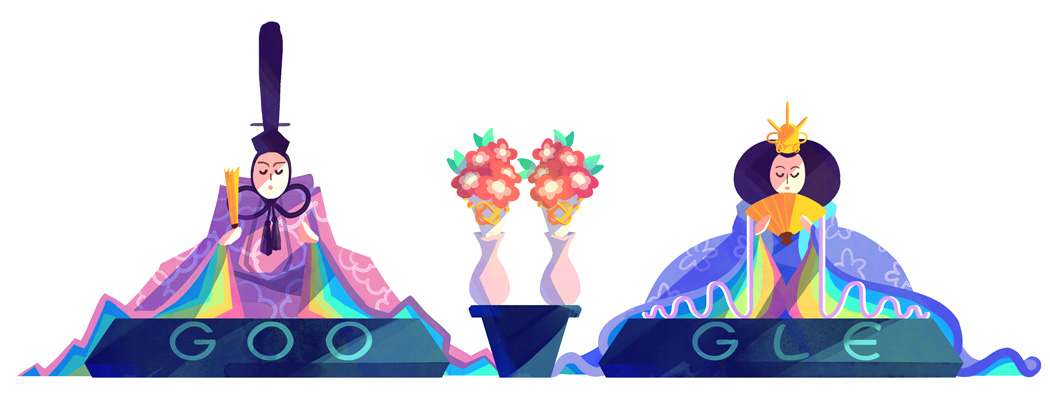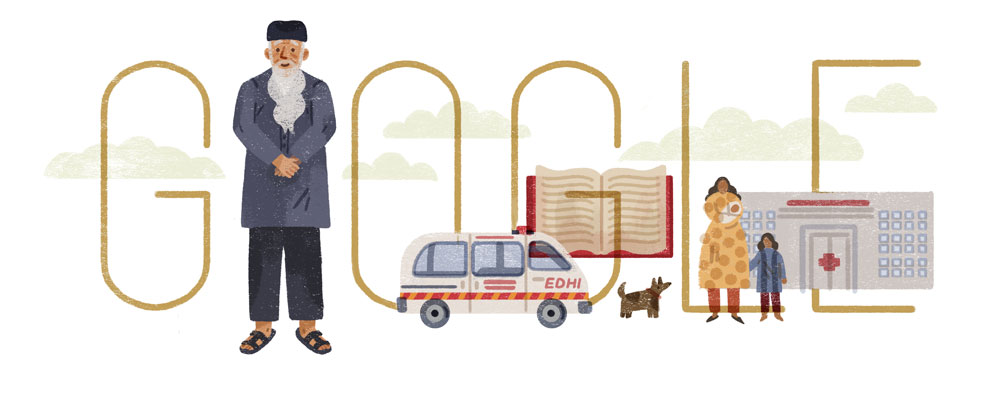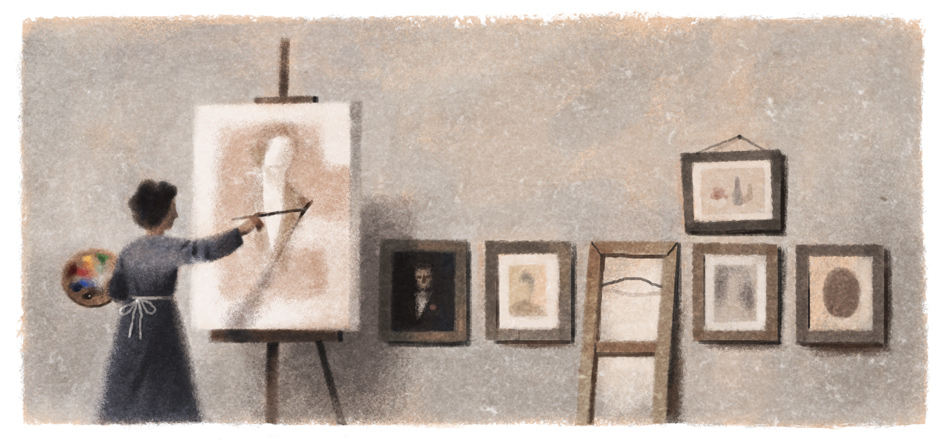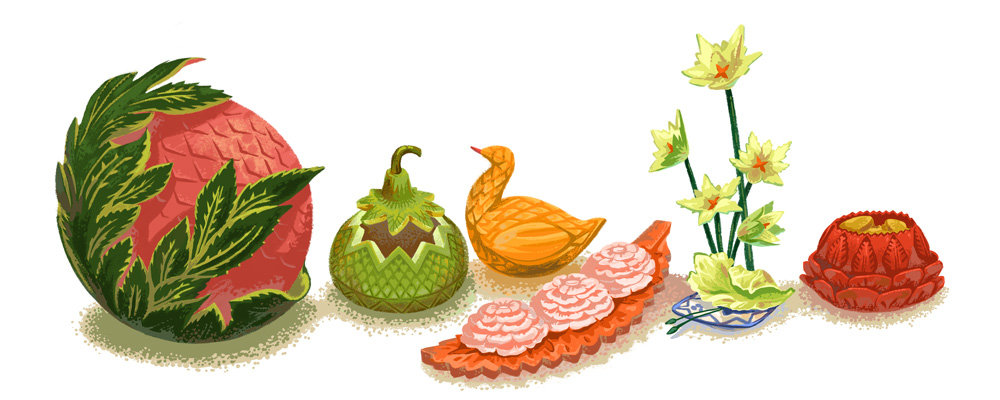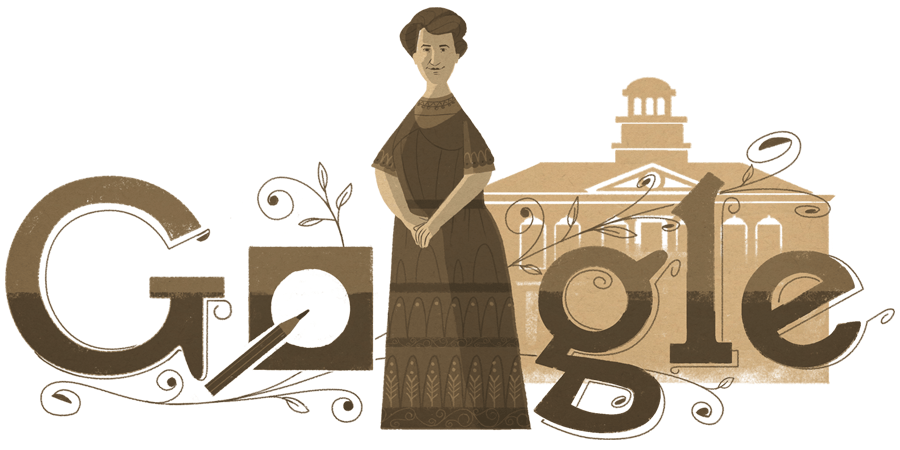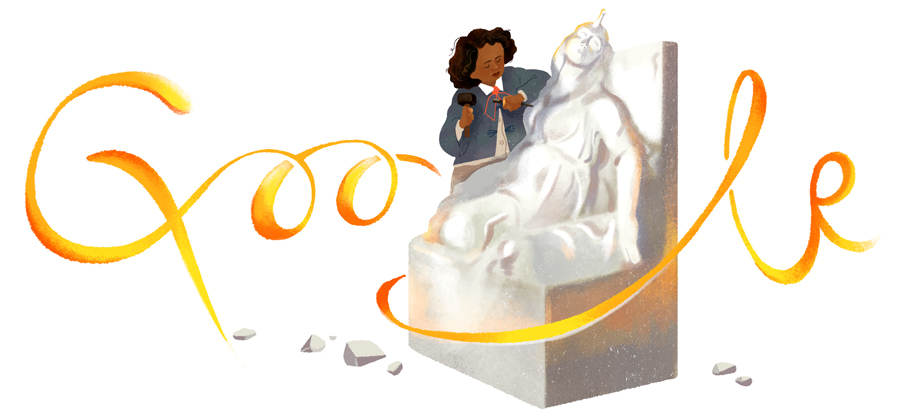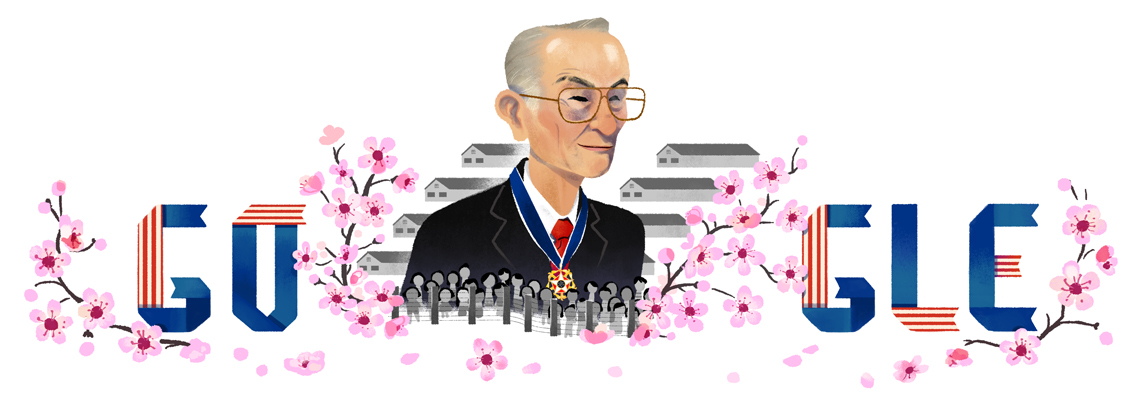הפארק הלאומי לוס גלסיירס
לוס גלסיירס (בספרדית: Parque Nacional Los Glaciares) או בתרגום "הקרחונים" הוא פארק לאומי בפרובינציית סנטה קרוס שבפטגוניה, ארגנטינה. הפארק משתרע על פני 4,459 קמ"ר. בשנת 1981 הוכרז כאתר מורשת עולמית על ידי אונסק"ו.
הפארק הלאומי הוקם בשנת 1937, והוא הפארק השני בגודלו בארגנטינה. שמו מתייחס לשדה הקרח הפטגוני הדרומי בהרי האנדים שמזין 47 קרחונים, מתוכם רק 13 זורמים אל האוקיינוס האטלנטי. שדה הקרח הוא הגדול ביותר מחוץ לאנטארקטיקה ולגרינלנד.
את פארק לוס גלסיירס, ש-30 אחוזים משטחו מכוסים בקרח, ניתן לחלק לשני אזורים. כל אחד מהאזורים ניתן לשייך לאחד משני האגמים הגדולים הנמצאים בתחום הפארק. אגם ארחנטינו המשתרע על פני 1,466 קמ"ר, ומהווה את האגם הגדול ביותר בארגנטינה, נמצא בדרום הפארק. ואגם ויידמה, המשתרע על פני 1100 קמ"ר, הנמצא בצפון הפארק. אגם ויידמה מתנקז לאגם ארחנטינו, וזה מזין את נהר סנטה קרוס הזורם לאוקיינוס האטלנטי. במרכז, בין שני האגמים קיים אזור לא תיירותי הנקרא האזור המרכזי (""zona centroo").
האזור הצפוני כולל את אגם ויידמה, קרחון ויידמה ומספר קרחונים קטנים, וכן מספר הרים הפופולריים בקרב מטיילים ומטפסי הרים ביניהם הפיץ רוי והסרו טורה.
האזור הדרומי מכיל מספר קרחונים הקטנים, ואת הקרחונים הגדולים הזורמים אל אגם ארחנטינו ובהם קרחון פריטו מורנו, קרחון אופסלה וקרחון ספגציני. שני האחרונים נגישים רק בעזרת סירות בעוד הקרחון פריטו מורנו, הידוע בכינויו הקרחון המתנפץ, נגיש מהיבשה.
לוס גלסיירס (בספרדית: Parque Nacional Los Glaciares) או בתרגום "הקרחונים" הוא פארק לאומי בפרובינציית סנטה קרוס שבפטגוניה, ארגנטינה. הפארק משתרע על פני 4,459 קמ"ר. בשנת 1981 הוכרז כאתר מורשת עולמית על ידי אונסק"ו.
הפארק הלאומי הוקם בשנת 1937, והוא הפארק השני בגודלו בארגנטינה. שמו מתייחס לשדה הקרח הפטגוני הדרומי בהרי האנדים שמזין 47 קרחונים, מתוכם רק 13 זורמים אל האוקיינוס האטלנטי. שדה הקרח הוא הגדול ביותר מחוץ לאנטארקטיקה ולגרינלנד.
את פארק לוס גלסיירס, ש-30 אחוזים משטחו מכוסים בקרח, ניתן לחלק לשני אזורים. כל אחד מהאזורים ניתן לשייך לאחד משני האגמים הגדולים הנמצאים בתחום הפארק. אגם ארחנטינו המשתרע על פני 1,466 קמ"ר, ומהווה את האגם הגדול ביותר בארגנטינה, נמצא בדרום הפארק. ואגם ויידמה, המשתרע על פני 1100 קמ"ר, הנמצא בצפון הפארק. אגם ויידמה מתנקז לאגם ארחנטינו, וזה מזין את נהר סנטה קרוס הזורם לאוקיינוס האטלנטי. במרכז, בין שני האגמים קיים אזור לא תיירותי הנקרא האזור המרכזי (""zona centroo").
האזור הצפוני כולל את אגם ויידמה, קרחון ויידמה ומספר קרחונים קטנים, וכן מספר הרים הפופולריים בקרב מטיילים ומטפסי הרים ביניהם הפיץ רוי והסרו טורה.
האזור הדרומי מכיל מספר קרחונים הקטנים, ואת הקרחונים הגדולים הזורמים אל אגם ארחנטינו ובהם קרחון פריטו מורנו, קרחון אופסלה וקרחון ספגציני. שני האחרונים נגישים רק בעזרת סירות בעוד הקרחון פריטו מורנו, הידוע בכינויו הקרחון המתנפץ, נגיש מהיבשה.

